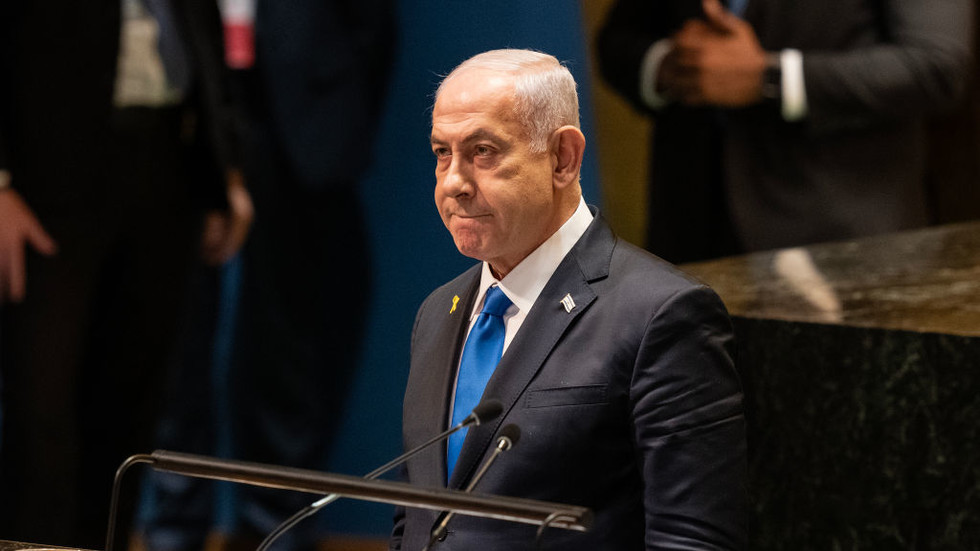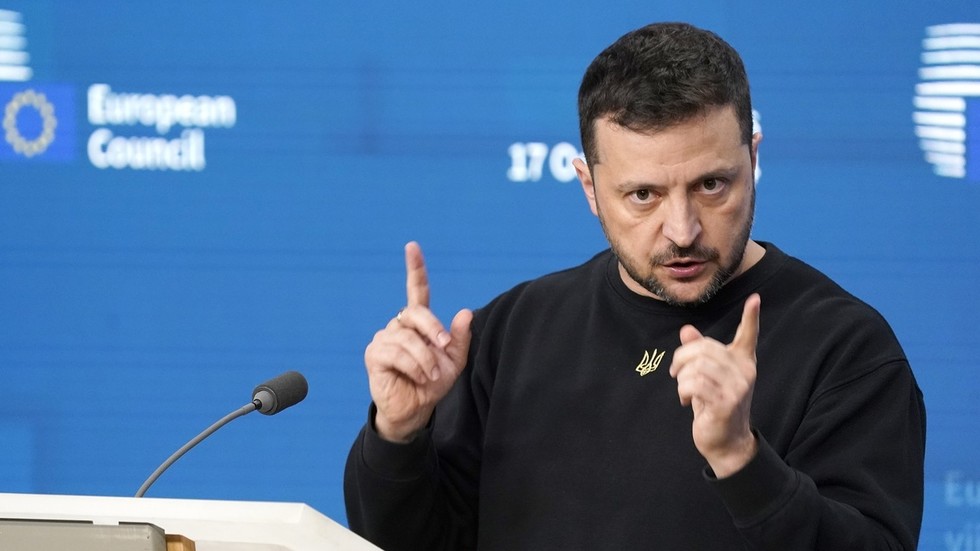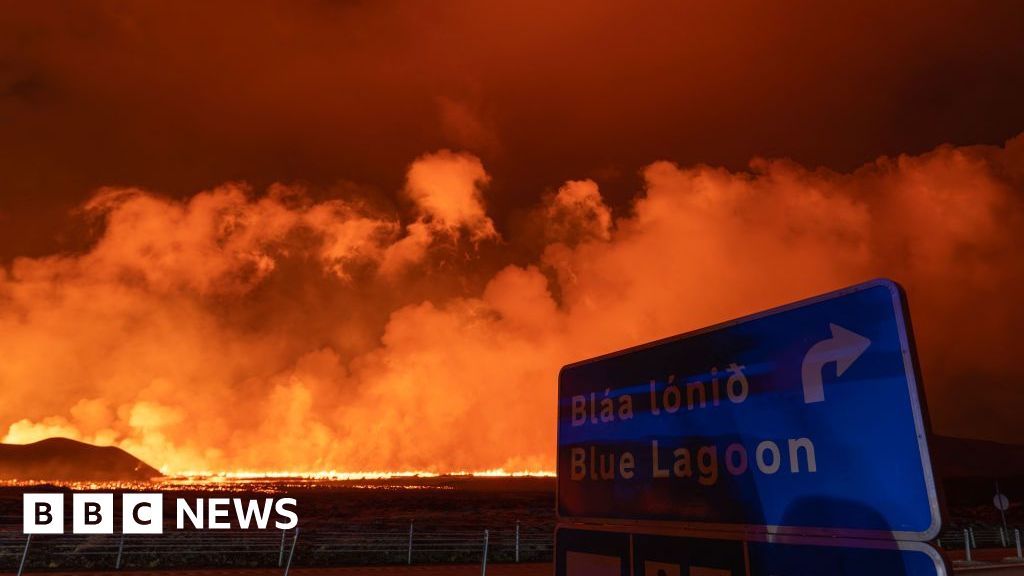The war in Kosovo ended 25 years ago on June 10, 1999. On that day, the UN Security Council in New York adopted Resolution 1244, which formally ended hostilities, which had ceased the previous day.
Two-and-a-half months previously, on the evening of March 24, 1999, NATO had begun bombing targets in Yugoslavia, a federation made up of the Republics of Serbia and Montenegro.
It was the first intervention by the NATO alliance without a UN mandate and the first to involve German military personnel. It was both a precedent and the breaking of a taboo: for NATO, because it lacked a UN mandate, and for Germany, because of the country's involvement in a war.
 Fourteen Tornado fighter jets from the German Armed Forces took part in the NATO bombardment of Yugoslavia in 1999Image: U.S. Air Force/Newscom/picture alliance
Fourteen Tornado fighter jets from the German Armed Forces took part in the NATO bombardment of Yugoslavia in 1999Image: U.S. Air Force/Newscom/picture allianceNATO's objective was to force the Yugoslav Army to withdraw from Kosovo to prevent the forced displacement of Kosovo Albanians living there and human rights violations against them.
What led to the Kosovo War?
The breakup of Yugoslavia began in 1991 when Slovenia, Croatia and Macedonia declared independence. Bosnia-Herzegovina followed suit in 1992. Serbia subsequently initiated and waged wars against Slovenia, Croatia and Bosnia-Herzegovina. Only Macedonia was spared hostilities.
There were early indications of an escalation in Kosovo, too. In 1989, Serbian leader Slobodan Milosevic revoked the autonomy of the province of Kosovo. The exclusion of ethnic Albanians from public administrations and the public sector (health and education) in Kosovo, which had already begun before the revocation of the province's autonomy, was hugely stepped up afterwards.
Kosovo Albanians had long been putting up non-violent resistance. They were led by writer Ibrahim Rugova, who later advocated for Kosovo's independence and became its first president.
From the mid-1990s onwards, support for armed resistance to Serbia began to grow. The Kosovo Liberation Army (KLA) started out as a small group but swiftly developed into a regular army in the second half of the 1990s.
What happened before NATO intervened?
Terrorist attacks on Serbian police stations followed. Belgrade responded with disproportionate severity. The ensuing armed conflict escalated, leading in 1998/1999 to the Kosovo War fought between Yugoslav and Kosovar forces.
The discovery of the bodies of 40 Kosovo Albanians in the village of Racak in January 1999 is considered the trigger for NATO's intervention in the war. International observers at the time called it a massacre, an accusation rejected by the government in Belgrade.
Were there diplomatic efforts to end the war?
In February 1999, peace negotiations were held under the leadership of the Balkan Contact Group (United States, France, Britain, Germany, Italy and Russia) in Rambouillet near Paris. This was the group's last attempt to use diplomacy to force Serbs and Kosovo Albanians to reach an agreement.
 US Special Envoy Richard Holbrooke (left) traveled to Belgrade in March 1999 in a last-ditch attempt to persuade Yugoslav President Slobodan Milosevic (right) to end the Kosovo War (pictured here: the two men during a meeting about the Bosnian War four years previously)Image: dpa/picture-alliance
US Special Envoy Richard Holbrooke (left) traveled to Belgrade in March 1999 in a last-ditch attempt to persuade Yugoslav President Slobodan Milosevic (right) to end the Kosovo War (pictured here: the two men during a meeting about the Bosnian War four years previously)Image: dpa/picture-allianceBut the negotiations failed. US Special Envoy Richard Holbrooke subsequently traveled to Belgrade in an attempt to press Milosevic to change his mind, but the Serbian leader would not budge.
Why did NATO intervene without a UN mandate?
In the run-up to NATO's bombing of Yugoslavia, Western politicians — and in particular US President Bill Clinton — repeatedly accused Serbia of planning a genocide in Kosovo. NATO did not seek a UN mandate because it knew it would be blocked by Russia and China in the Security Council.
The decision made by the German government — a coalition of the Social Democrats and the Greens — to take part in the intervention was hugely controversial and pitted hawks against doves.
 Some Germans were fiercely opposed to the country's involvement in the NATO bombardment of YugoslaviaImage: picture-alliance/dpa
Some Germans were fiercely opposed to the country's involvement in the NATO bombardment of YugoslaviaImage: picture-alliance/dpaOperation Horseshoe, a plan allegedly drawn up by Serbia to force the ethnic Albanian population in Kosovo southward over the border into Albania, gave the German government the justification it needed to get involved in the NATO intervention.
It has never been confirmed whether this plan actually existed. What is undisputed is that hundreds of thousands of Kosovo Albanians either fled or were displaced.
Why did Milosevic eventually back down?
Most experts now agree that the NATO intervention lasted over 11 weeks because both sides miscalculated what the other would do. NATO was convinced that Milosevic would indicate a willingness to return to the negotiating table after a few days of NATO bombardment.
For its part, the government in Belgrade speculated that NATO would at some point back down and table a compromise.
 The Yugoslav Defense Ministry building in Belgrade was bombed twice by NATO forces during the Kosovo War. It was neither renovated nor torn down after the warImage: Nicolas Economou/NurPhoto/picture alliance
The Yugoslav Defense Ministry building in Belgrade was bombed twice by NATO forces during the Kosovo War. It was neither renovated nor torn down after the warImage: Nicolas Economou/NurPhoto/picture allianceUltimately, it was Milosevic who backed down, presumably under pressure from Moscow. Wolfgang Petritsch, the former EU Special Representative for Kosovo, is convinced that the reason for this was that Russia, which was economically weak at the time, was reliant on cooperation with the West.
What happened next?
The end of the war was regulated by two international legal acts. The first of the two was the Kumanovo Agreement, which was signed on June 9, 1999, in Kumanovo in what is now North Macedonia.
It ordered the withdrawal of the Yugoslav Army and Serbian police from Kosovo. Responsibility for security in the region was transferred to NATO. The agreement also stipulated the disarmament of the KLA.
The next day, the UN Security Council adopted Resolution 1244, also known as the Kosovo Resolution. It was the basis for a solution to the Kosovo crisis and was rooted in international law. It stipulated that Kosovo would remain within the Federal Republic of Yugoslavia, but would enjoy substantial autonomy.
25th anniversary of the NATO bombing of Yugoslavia
Kosovo was placed under UN administration, which was provided by UNMIK, an interim administration mission. The UN also deployed an international peacekeeping force (KFOR) to ensure security in Kosovo. Kosovo's final status was not, however, defined in the resolution.
Kosovo declares independence
After 78 days, about 2,300 air strikes and an estimated 3,500 fatalities, NATO ended its intervention. The Kosovo War, which had begun about 16 months previously, was over.
Nine years later, on February 17, 2008, Kosovo declared its independence from what was by then Serbia. It is now recognized by 115 of the 192 members of the United Nations, including Germany. It is not recognized by Russia, China and five EU member states: Cyprus, Greece, Romania, Slovakia and Spain. To this day, Serbia does not recognize Kosovo as a sovereign state.
This article was originally written in German.

 5 months ago
18
5 months ago
18









